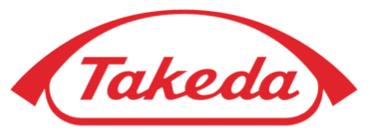Diagnosis
The American Academy of Child and Adolescent Psychiatry recommends that screening for ADHD should be a part of every patient’s mental health assessment, and the American Academy of Pediatrics recommends initiating an evaluation for ADHD in school-aged children who present with academic or behavioral problems and symptoms of inattention and/or hyperactivity-impulsivity.4,5
For a diagnosis of ADHD, individuals must meet the DSM-5 criteria.1 According to the DSM-5, an individual must show at least 6 symptoms of inattention and/or at least 6 symptoms of hyperactivity-impulsivity that must have persisted for at least 6 months to a degree that is inconsistent with the developmental level and negatively impacts social, academic, and/or occupational activities. In individuals 17 years or older, at least 5 symptoms of inattention and/or at least 5 symptoms of hyperactivity-impulsivity must be present.
DSM-5 Symptoms of Inattention
Symptoms must occur often | DSM-5 Symptoms of Hyperactivity and Impulsivity
Symptoms must occur often |
|---|
| Fails to give close attention to detail, or makes careless mistakes | Fidgets, squirms, or taps hands or feet |
| Has difficulty sustaining attention in tasks or play | Leaves seat when sitting is expected |
| Does not seem to listen when spoken to directly | Runs around or climbs when it is not appropriate |
| Does not follow through on instructions and fails to finish chores, homework, or work duties | Unable to play or engage in leisure activities quietly |
| Shows difficulty in organizing tasks | Acts “as if driven by a motor” / is "on the go" |
| Avoids, dislikes, or is reluctant to engage in activities that require sustained mental effort | Talks excessively |
| Loses things needed for tasks or activities | Answers questions before the question is fully asked |
| Is easily distracted | Has difficulty waiting for a turn or waiting in lines |
| Is forgetful in daily activities | Interrupts or intrudes on others |
Additionally, to meet the DSM-5 diagnostic criteria, several of the symptoms must have been present prior to age 12, must be present in two or more settings, must have clear evidence that they interfere with, or reduce the quality of, social, academic or occupational functioning, and must not occur exclusively within the course of schizophrenia or another psychiatric disorder.1
These are not the complete diagnostic criteria.
Diagnosis should be based on a complete history and evaluation of the patient.








